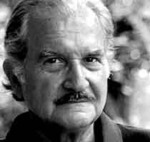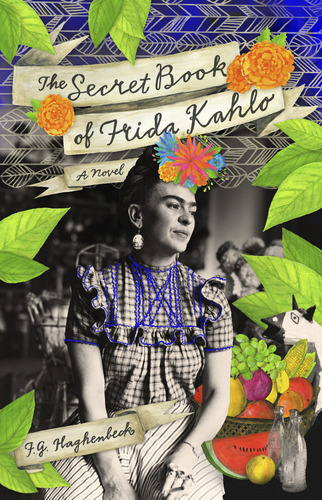(I’m still taking a break, but check out my story I wrote about a Dallas theater company’s adaption of Sandra Cisneros’ Women Hollering Creek for the Theater Jones website.)
The Hispanic Reader will be taking a long hiatus, so here’s the new releases, events and holiday books to keep you entertained for the rest of the year. See you in 2013.
New releases:
 • Nov. 13 – Woes of the True Policeman is the last book Roberto Bolaño wrote before his death. The novel follows a Chilean professor as he undergoes several personal crises.
• Nov. 13 – Woes of the True Policeman is the last book Roberto Bolaño wrote before his death. The novel follows a Chilean professor as he undergoes several personal crises.
• Nov. 30 – In the children’s book The Poet Upstairs by Judith Ortiz Cofer, a young girl makes friends with a writer.
 • Dec. 4 – Raised From the Ground, by the late Nobel Prize winner José Saramago, is a reissue of a book – published for the first time in English – that depicts the lives of Portuguese peasants.
• Dec. 4 – Raised From the Ground, by the late Nobel Prize winner José Saramago, is a reissue of a book – published for the first time in English – that depicts the lives of Portuguese peasants.
• Dec. 11 – The children’s book The Beautiful Lady: Our Lady of Guadalupe by Pat Mora features the iconic Mexican figure.
• The National Book Awards announced its nominations, with Junot Díaz’s This is How You Lose Her shortlisted in the fiction category and Domingo Martinez’s The Boy Kings of Texas making the non-fiction category. Martinez spoke to NPR about how he learned about his nomination. Winners will be announced Nov. 14.
• The second issue of the literary magazine Huizache, produced by CentroVictoria – the Center for Mexican American Literature and Culture at the University of Houston-Victoria, is out. Contributors include Lorna Dee Cervantes, Rigoberto Gonzalez, Luis J. Rodriguez, Michele Serros and Gary Soto.
• The Miami Book Fair Festival International takes place Nov. 16-18. Featured authors include Malin Alegria, Roberto Ampuero, Joy Castro, Sandra Cisneros, Jeanne Cordova, Junot Díaz, Christina Diaz Gonzalez, Reyna Grande and Justin Torres.
• Sandra Cisneros discussed her newest book, Have You Seen Marie?, to NBC Latino, CNN and the LA Review of Books.
• Junot Díaz talked to Wired magazine about the science-fiction book he’s writing, Monstro, and to LA Review of Books about his current book, This Is How You Lose Her.
 • Luis Alberto Urrea’s Into the Beautiful North has been named a 2013 Big Read selection by the National Endowment for the Arts.
• Luis Alberto Urrea’s Into the Beautiful North has been named a 2013 Big Read selection by the National Endowment for the Arts.
• Pulitzer Prize winner Oscar Hijuelos will be featured in Symphony Space’s Artful Dining fundraiser Nov. 12 in New York City. Sonia Manzano will lead the discussion.
 • Mexico City celebrated the 50th anniversary of Gabriel Gárcia Márquez’s move to that city by putting up posters honoring him, according to an article by Héctor Tobar in the Los Angeles Times. Tobar also wrote about a MacArthur Grant-winning Orange County barbershop that features a bookstore and is teaming up with Chapman University to promote Latino literature.
• Mexico City celebrated the 50th anniversary of Gabriel Gárcia Márquez’s move to that city by putting up posters honoring him, according to an article by Héctor Tobar in the Los Angeles Times. Tobar also wrote about a MacArthur Grant-winning Orange County barbershop that features a bookstore and is teaming up with Chapman University to promote Latino literature.
• Ploughshares magazine talked to Aurora Anaya-Cerda, owner of the La Casa Azul Bookstore in East Harlem, N.Y., that is devoted to Latino literature.
• Voices of New York wrote up about the Las Comadres Para Las Americas writer’s conference last month, with some interesting insights about Latinos in publishing.
• Want a blog that features the poetry of Pablo Neruda with pictures of cats? Here you go.
• Celebrating birthdays in November: The late Carlos Fuentes, right, and Nobel Prize winner José Saramago.
• Celebrating birthdays in December: Sandra Cisneros, Nobel Prize winning poet Juan Ramon Jimenez and Manuel Puig.
• Looking for gifts for the holidays? Here some some Christmas books for children and adults.






























